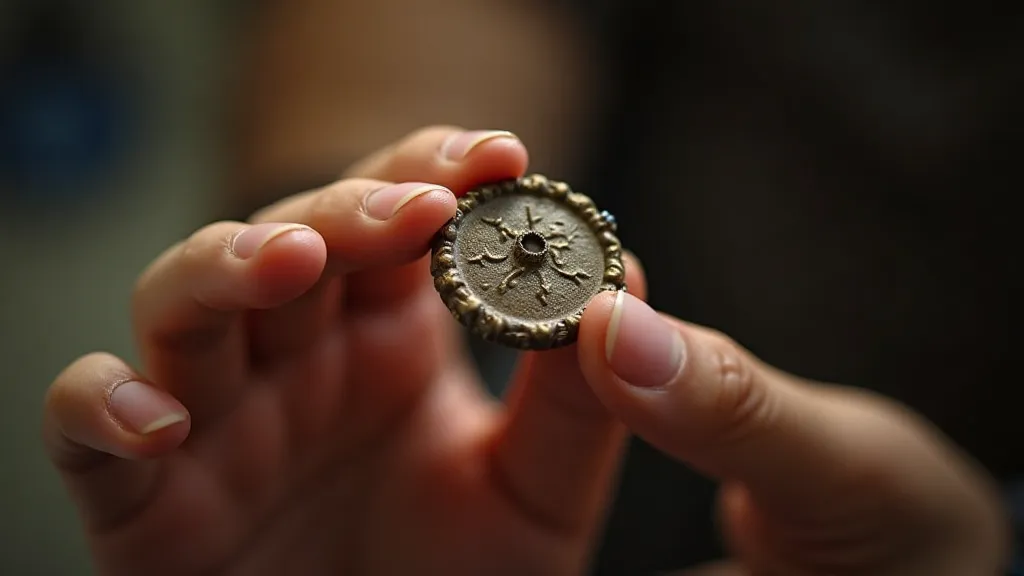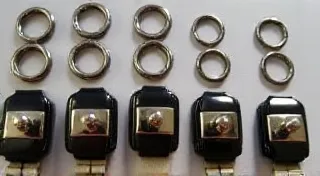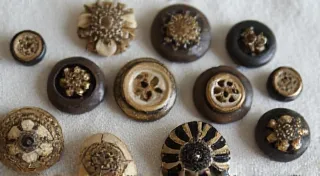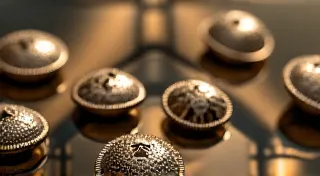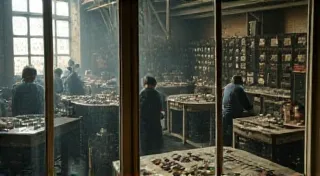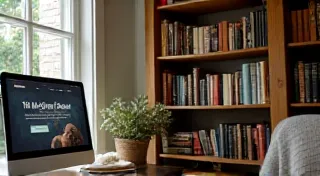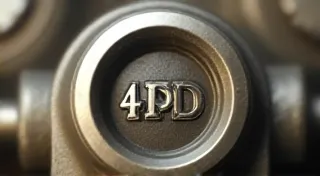A Beginner's Guide to Antique Button Collecting: Starting Your Collection
Welcome to the fascinating world of antique button collecting! It's a hobby that combines history, artistry, and a surprising amount of detective work. This guide is designed to give new collectors a solid foundation to begin their button-hunting journey.
What Exactly Are Antique Buttons?
Generally, “antique” refers to items at least 100 years old. So, buttons produced before 1924 would typically fall into this category. However, "vintage" is often used for older items, but less than 100 years old. While the terms are often used interchangeably, understanding the distinction can be helpful when researching and valuing your collection.
Basic Button Terminology
Like any collecting hobby, button collecting has its own vocabulary. Here's a quick rundown of some common terms:
- Face: The visible, decorative side of the button.
- Back: The underside of the button, often stamped with a maker's mark or patent information.
- Shank: The part of the button that passes through the fabric to be sewn onto. Shanks can be wire, loop, or flat.
- Eye: The hole in the shank.
- Milking: A visual defect on glass buttons caused by the button making process.
Common Button Materials
Antique buttons were made from a wide variety of materials. Recognizing these materials is crucial for identification and valuation.
Bone
Bone buttons are incredibly common, especially from the mid-19th century. They are typically off-white or cream-colored and often have intricate molded designs. Bone buttons can be porous and can show signs of age, such as discoloration. They are relatively fragile.
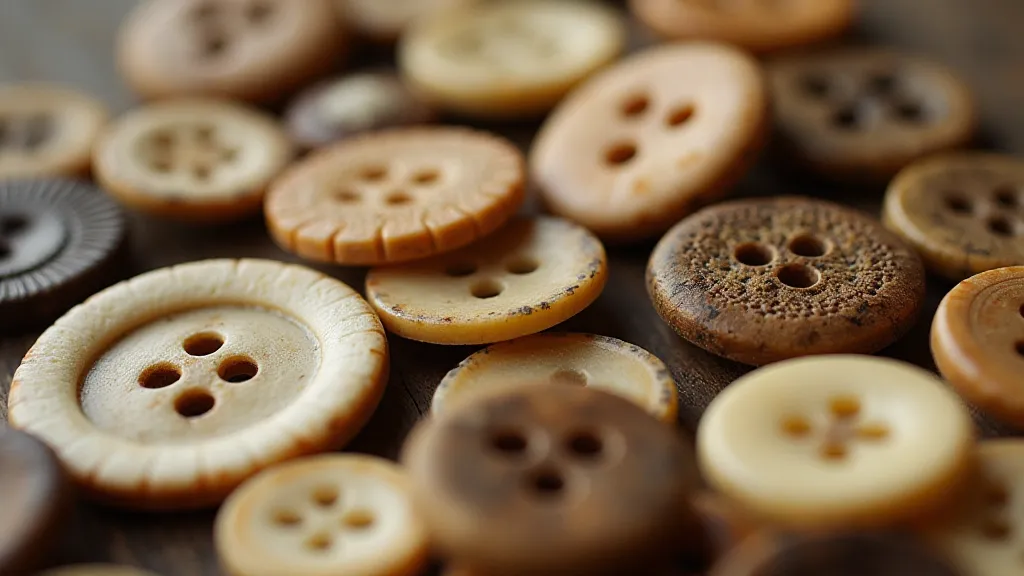
Glass
Glass buttons gained popularity in the late 19th and early 20th centuries. They come in a dazzling array of colors and patterns, from simple clear glass to elaborate designs with gold or silver foil. Watch out for "milking," a common flaw in older glass buttons.
Metal
Metal buttons were made from various metals including brass, steel, copper, and occasionally gold or silver. Brass buttons often tarnish over time, while steel buttons can rust. The back of metal buttons are useful for identifying the maker or patent holder.
Other Materials
You're also likely to encounter buttons made from materials like horn, shell, wood, and even papier-mâché. Each material has its own unique characteristics and history.
Where to Find Antique Buttons
The hunt for antique buttons can be a fun adventure! Here are a few places to start:
- Antique Stores: A classic starting point, but prices can be higher.
- Estate Sales: Often yield a wider variety of buttons at reasonable prices.
- Flea Markets: Always a treasure trove of potential finds!
- Online Auctions (eBay, etc.): A vast online marketplace, but require careful research.
- Thrift Stores: Sometimes you can get lucky!
Resources for Button Collectors
Expanding your knowledge is key to becoming a successful button collector. Here are a few resources to explore:
- Button Societies: Connect with other collectors and learn from the experts.
- Online Forums & Groups: Share your finds and ask questions.
- Reference Books: Provide detailed information on button types, makers, and values.
Tips for New Collectors
Here are a few simple tips to guide your journey:
- Start Small: Focus on a specific type or era of buttons.
- Research: Learn as much as you can about the buttons you acquire.
- Document Your Collection: Keep a record of your finds, including details like maker's marks, materials, and provenance.
- Handle Buttons with Care: Antique buttons can be fragile, so handle them gently.
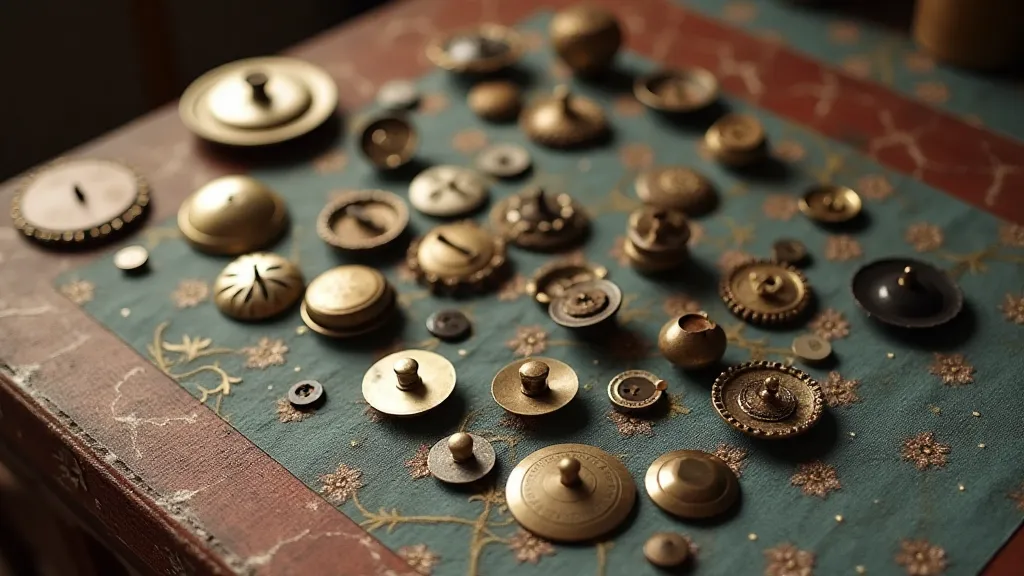
Collecting antique buttons is a rewarding hobby. With a little patience and research, you'll be well on your way to building a fascinating and valuable collection. Happy hunting!
